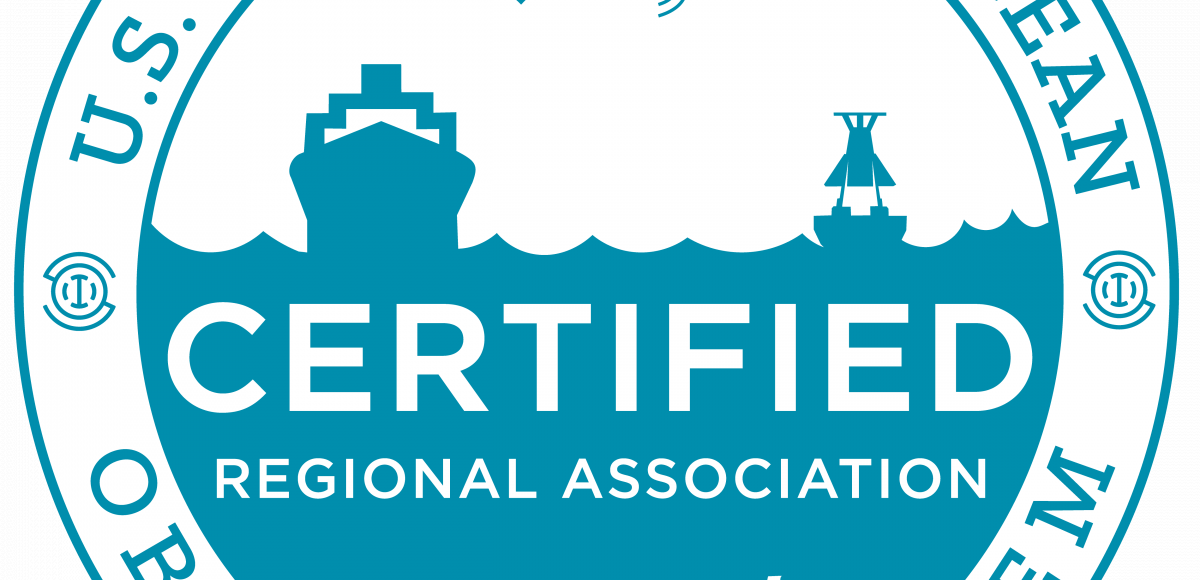
When forecasters are predicting the next hurricane, rescuers are seeking information on wave heights in the Gulf or clean up crews are trying to map the direction of the next oil spill they can rest assured of one thing: They can rely on the real-time and near real-time data provided by the Gulf of Mexico Coastal Ocean Observing System (GCOOS) because it has been certified to meet the highest quality standards possible.
GCOOS has received official certification from the U.S. Integrated Ocean Observing System (U.S. IOOS®) and the National Oceanic and Atmospheric Administration (NOAA). Certification means that GCOOS is meeting federal standards for data gathering and management and operates inclusively, transparently and seeks user input to determine system priorities.
Having the IOOS/NOAA stamp of approval means that the independent, nonprofit GCOOS is the only certified observing system whose sole focus is on the Gulf. In fact, GCOOS is the heart of data collection for ocean and coastal waters in the Gulf of Mexico — collecting thousands of data points from sensors and ensuring that the information is reliable, timely and accurate before disseminating it to the ocean sectors that rely on it.
Gulf data matters because the Gulf of Mexico is America’s Sea.
- It is the nation’s gas station, with 20% of the nation’s oil reserves; 14% of dry natural gas reserves; 45% of the U.S. petroleum refining capacity and 51% of our natural gas processing capacity;
- The Gulf’s commercial fishery accounts for $24 billion in sales;
- It holds 13 of the nation’s top 25 U.S. ports (by tonnage);
- And revenues generated by Gulf states contribute $2 trillion per year to the nation’s gross domestic product — including $660 billion from coastal county revenues and $110 billion from ocean revenues.














